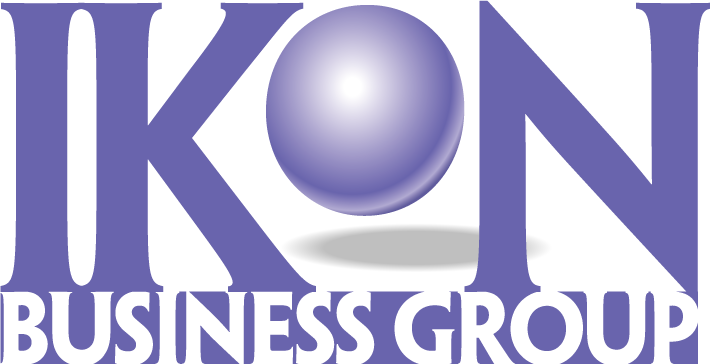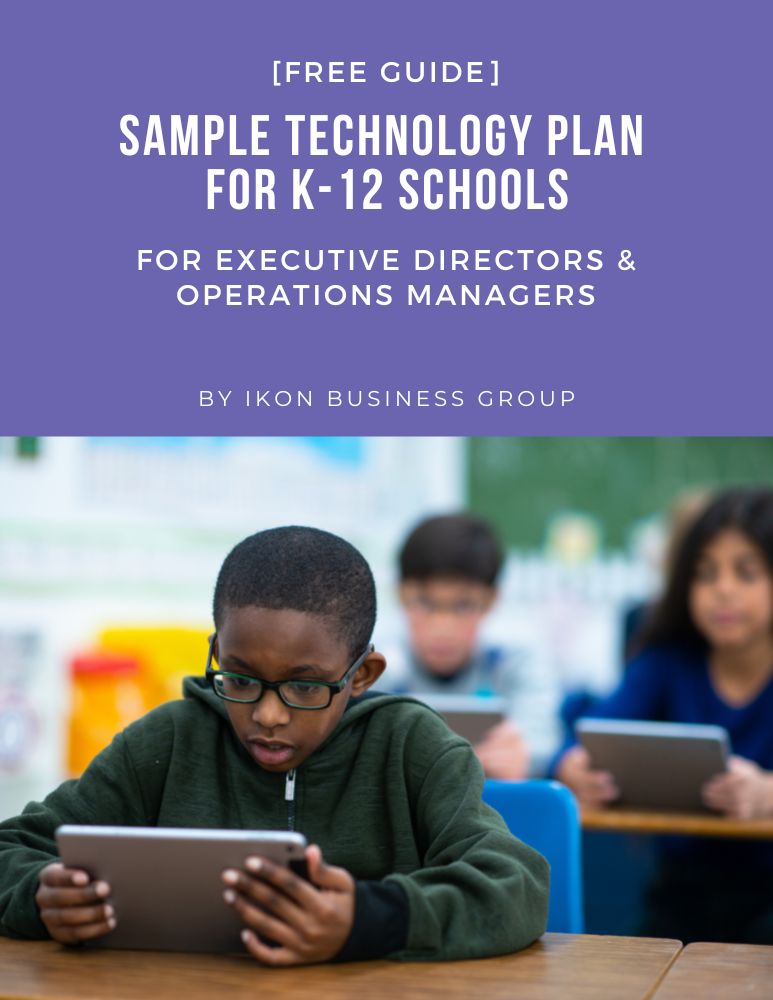As the academic year comes to a close, K-12 schools face the crucial task of planning their budgets for the upcoming year. For administrators and IT professionals, budgeting for technology can be particularly challenging due to the ever-evolving landscape of educational technology and its associated costs. In this blog post, we will explore some valuable tips and strategies to help K-12 schools navigate the complexities of IT budgeting and make informed decisions that align with their goals.
- Understand the Unique IT Budgeting Challenges in K-12 Schools: Budgeting in any organization requires careful consideration, but K-12 schools have their own set of challenges. Limited financial resources, competing priorities, and the need to balance instructional needs with technological advancements all come into play. To begin, school administrators and IT professionals must have a clear understanding of these challenges and how they impact the budgeting process.
- Identify Essential Technology Areas and Their Associated Costs: To effectively allocate resources, it is essential to identify the technology areas that are critical for K-12 schools. These may include hardware, software, networking infrastructure, security systems, learning management systems, and support services. Once the essential areas are identified, it’s important to consider the associated costs, both upfront and recurring, to ensure accurate budget planning.
- Strategies for Managing Capital Costs, Recurring Expenses, and Long-Term Contracts: Capital costs, such as purchasing new equipment or infrastructure, often require a significant portion of the budget. It is crucial to evaluate the lifecycle of technology assets and plan for replacements or upgrades accordingly. Additionally, recurring expenses, such as software licenses and maintenance contracts, should be accounted for to avoid unexpected financial burdens. Long-term contracts with technology vendors should be reviewed regularly to ensure they align with the school’s evolving needs and budgetary constraints.
- Leverage External Expertise to Overcome Technology Knowledge Gaps: IT expertise can be a limiting factor for many K-12 schools. Engaging with external consultants or technology partners can provide valuable insights and guidance in technology planning and budgeting. These experts can help assess current infrastructure, recommend cost-effective solutions, and provide ongoing support. Collaborating with external resources ensures that schools make informed decisions based on industry best practices and stay up-to-date with the latest trends.
- Best Practices for Aligning IT Budgeting with School Objectives: Effective IT budgeting goes beyond just allocating funds; it should align with the broader goals and objectives of the school. By involving key stakeholders, such as teachers, administrators, and IT staff, in the budgeting process, schools can ensure that technology investments support educational initiatives. Prioritizing investments that enhance student learning experiences, improve efficiency, and enable effective communication and collaboration should be at the forefront of budget decisions.
- Case Studies Showcasing Successful IT Budgeting Approaches: Real-life examples can provide valuable inspiration and insights. Highlighting case studies of other K-12 schools that have successfully navigated IT budgeting challenges can help administrators and IT professionals learn from their experiences. These case studies can demonstrate how schools effectively allocated resources, overcame financial constraints, and achieved their desired outcomes through strategic IT budgeting.
Budgeting for IT in K-12 schools can be a daunting task, but with careful planning and strategic decision-making, schools can optimize their resources and create a technology-rich learning environment. By understanding the unique challenges, identifying essential technology areas, managing costs effectively, leveraging external expertise, aligning with school objectives, and learning from successful case studies, K-12 schools can make informed IT budgeting decisions that positively impact student learning and school operations.
Remember, effective IT budgeting is an ongoing process that requires continuous evaluation and adjustment. By staying proactive and responsive to evolving technology needs, K-12 schools can ensure that their budget allocations support the growth and success of their students and staff.
If you’re interested in delving deeper into this topic, don’t miss our upcoming webinar on “End of Year Technology Planning for K-12 Schools: Tips for IT Budgeting” on June 15th at 11am EST.
REGISTER NOW to secure your spot and gain valuable insights from industry experts.


